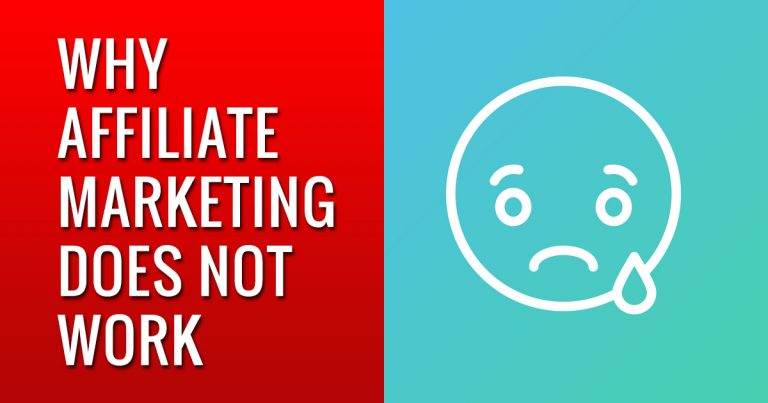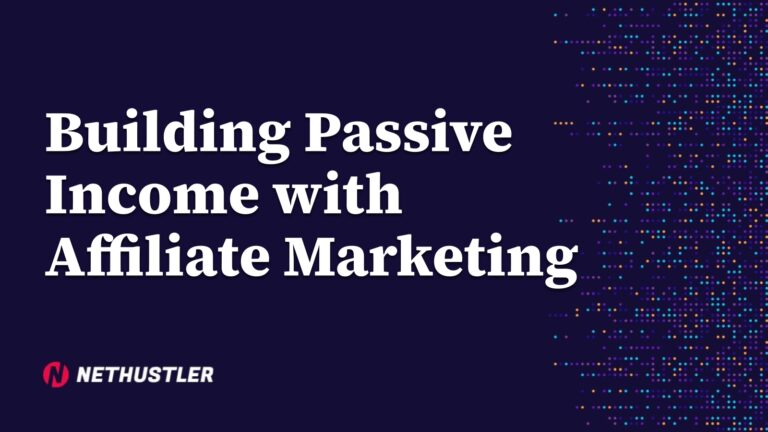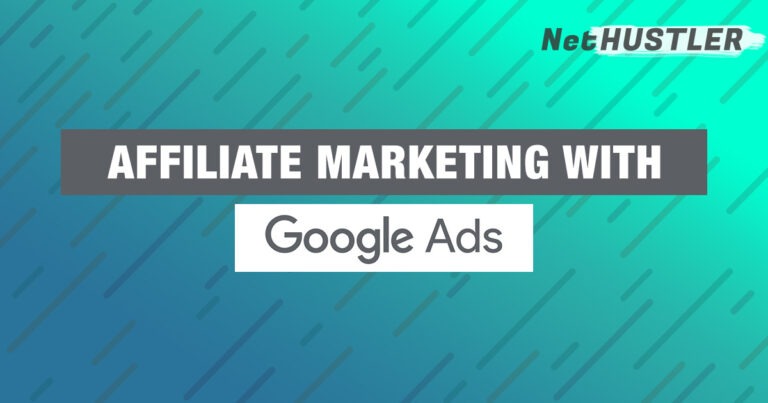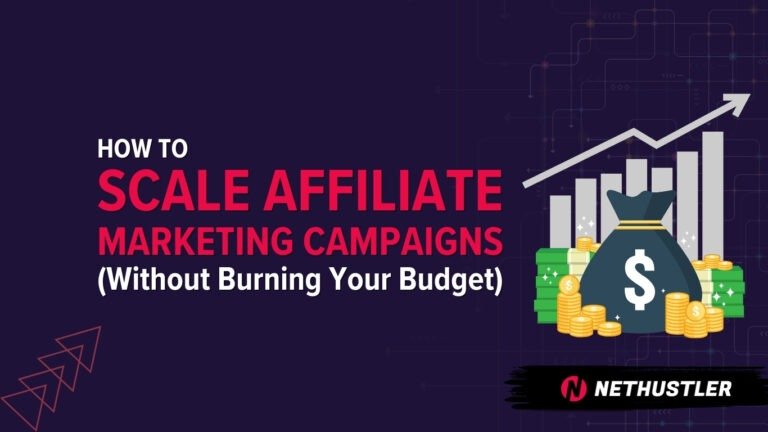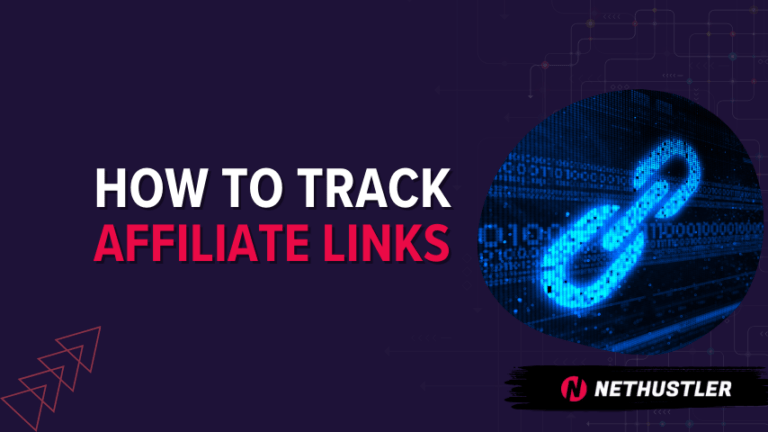Affiliate Marketing Prompts for Gemini

Right, there’s no escaping AI anymore, so we gotta adapt or … die (ok not die, sounds a bit too harsh, but you know what I mean). Wanna learn some cool prompts for Gemini that will help your affiliate marketing game? Let’s go…
But first, a question for you:
Ever tried to order a custom pizza by just yelling ‘PIZZA!’ at the guy behind the counter?
Yeah, you’d probably get a Pepperoni. Or just a weird look… or both.
That’s literally what 99% of you are doing with AI. You’re throwing a single lazy word at Gemini and expecting it to spit out a masterpiece.
It’s insane. And it’s why most AI-generated content is absolute garbage (sorry).
And look, I’m guilty of that also, I did my share of experiments, and hit publish on a bunch of AI made content that… well you guessed it, never seen too much traction and love from Google. Why? Because I was stupid duh…
Look, AI is here to stay. There’s no question about it. And yeah, it sucks for some of us, because it makes it harder by increasing the competition (every 12 year old kid can start an affiliate marketing blog these days without even knowing anything about the niche).
The whole impact of AI on digital marketing is massive… and you can’t ignore it.
But it’s a tool. A powerful one, yeah, but still just a tool. It’s like a power saw. In the right hands, you can build a house. In the wrong hands… you’re gonna lose a finger.
So with that being said, let’s get into some real prompts for affiliate marketing that dont suck. Prompts that actually make Gemini work for you, not the other way around.
P.S: I choose Gemini, because I kinda like the outputs of thje 2.5 PRO version, especially for some complex stuff and coming up with strategies and ideas for marketing work. But I’m sure you can use these on ChatGPT, Claude, xAI, etc.
Finding a Niche That Doesn’t Suck

This is where everyone crashes and burns. They pick “fitness” or “travel” and then cry when they make $0 after a year. Are you kidding me? You’re competing with corporations with billion-dollar budgets.
Stop it. You gotta go smaller.
…way smaller.
Here’s how to make Gemini actually useful for this.
Prompt 1:
Act as an expert niche researcher. Find 5 untapped micro-niches within the broader market of [Your Broad Niche, e.g., 'home coffee brewing']. Focus on niches with passionate communities, high-ticket product potential, and low competition on Google search results. For each niche, list 3 potential affiliate products.Why it works: It’s specific. You’re telling it WHAT to be (an expert), WHAT to look for (untapped, passionate, etc.), and WHAT to deliver (5 niches with 3 products each). You’re not just yelling ‘PIZZA!’
Prompt 2:
Analyze the following 3 niches: [Niche 1], [Niche 2], [Niche 3]. Create a table comparing their seasonality, average affiliate commission rates, and the primary commercial intent keywords associated with each.Why it works: Comparison. You’re forcing it to do the analytical heavy lifting, comparing apples to apples so you can make a smart decision instead of just guessing.
Prompt 3:
Generate 10 'Who is this for?' and 'Who is this NOT for?' style questions for the niche of [Your Chosen Micro-Niche]. This will help me define my target audience avatar.Why it works: This is a classic marketing trick. It forces you to think about your audience on a deeper level. It’s not about what you’re selling; it’s about WHO you’re selling it to.
Prompt 4:
Identify 5 'shoulder niches' related to [Your Niche]. For example, for 'sourdough baking,' a shoulder niche could be 'home milling flour' or 'cast iron cookware.' This will help with future content expansion.Why it works: This is about long-term thinking. Most people get stuck in their tiny niche and run out of ideas. This prompt builds your content roadmap from day one.
Prompt 5:
What are the biggest pain points and frustrations for people interested in [Your Niche]? Scour Reddit threads, forums, and Amazon reviews for direct quotes and common complaints.Why it works: Pain points are where the money is. If you can solve someone’s problem, they’ll happily click your affiliate link. This prompt outsources the most boring research work.
Want Prompts for a Killer Content Strategy?
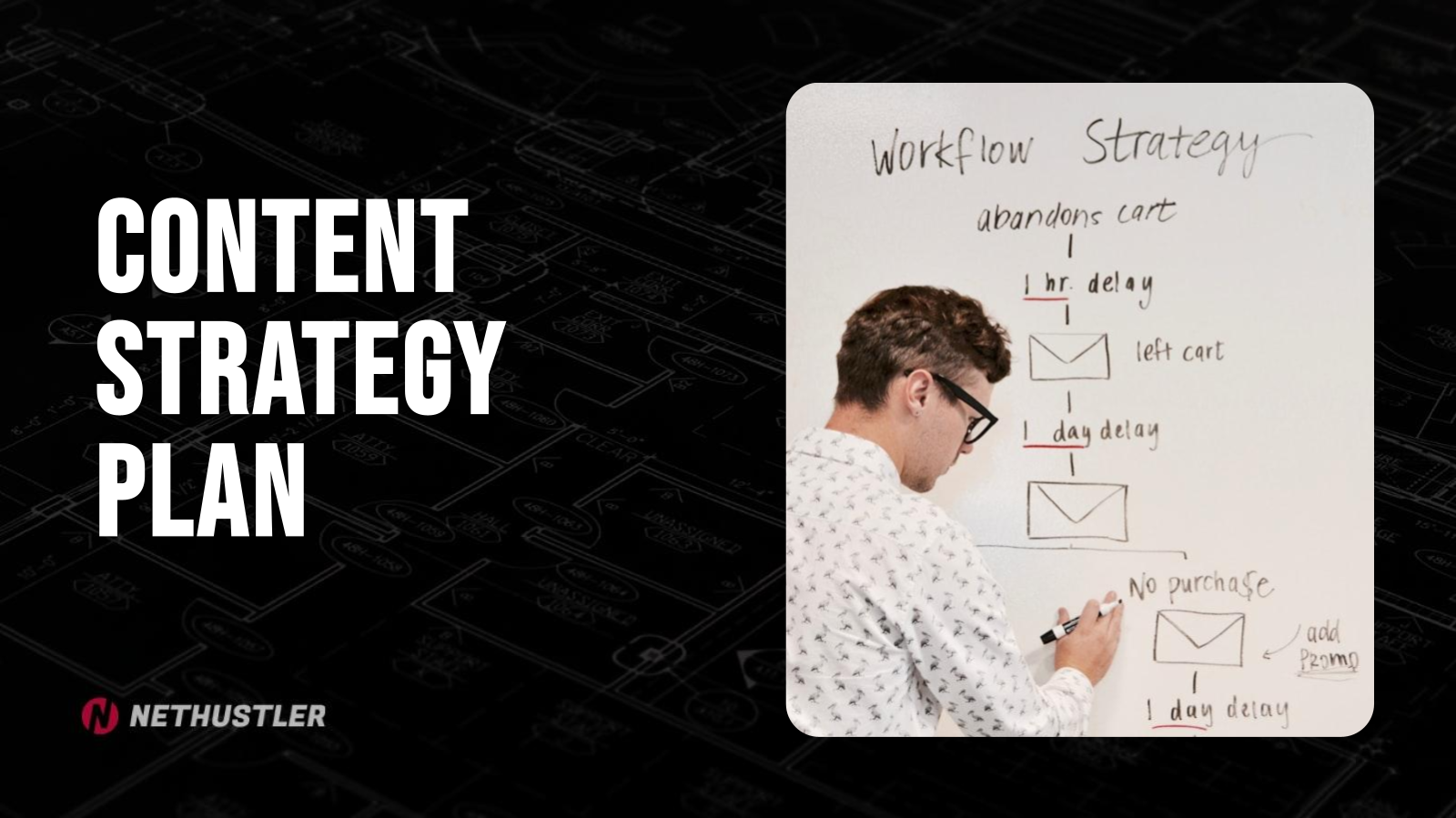
I got you…
Okay so you have a niche. Cool. Now what? You can’t just start writing random junk. You need a plan. A strategy. Otherwise you’re just throwing spaghetti at the wall and hoping something sticks. (Spoiler: it won’t, I’m talking about the strategy, the spaghetti will probably stick if it was boiled enough).
Anyway… here you go:
Prompt 6:
Create a 'hub and spoke' content model for the main topic of '[Your Niche Pillar Topic]'. The hub will be a long-form pillar post. Suggest 8 'spoke' articles that are more specific sub-topics that will link back to the main hub page.Why it works: This builds topical authority. Google loves it. It shows you’re an expert, not just some rando with a blog. You create a web of content that all supports each other. It’s powerful stuff.
And unlike others, I really am doing this. Across multiple sites, but I make sure I edit everything myself and everything is polished before I click publish. Unlike what many are doing.
Ohh… I forgot, and never frickin spam. Dont just do 100+ of these posts per week (even per month), google is not stupid and you will get penalized. Do it systematically, start slow, build up, etc. In essence: Be smart about it. Scaling trash content fast, IS something that Google and other search engines are cautious of.
Prompt 7:
Analyze the top 3 ranking articles for the keyword '[Your Target Keyword]'. Identify their main H2 and H3 headings and look for content gaps or unanswered questions that I can exploit in my own article.Why it works: This is next-level competitor research. You’re not just seeing what they did, you’re looking for what they MISSED. That’s your opening.
Prompt 8:
Generate 15 click-worthy, but not clickbait, blog post titles for an article about '[Your Topic]'. The titles should evoke curiosity and promise a clear benefit to the reader.Why it works: Your title is EVERYTHING. It’s the first thing people see. If it’s boring, no one clicks. No clicks, no money. Simple. This prompt helps you brainstorm beyond “The Best [Product] of 2025”. smh. And yes, I use these as well, I want to get a nice CTR so it needs to be a bit clickbait-y in a way, but not much.
Prompt 9:
Give me 5 different angles to write about [Product Name]. Don't just list features. Think about different user stories: a beginner's experience, an expert's take, a budget-conscious comparison, a time-saving angle, a long-term durability review.Why it works: Angles are what make your content unique. Everyone else is just regurgitating the product page. You’re coming at it from a real human perspective. That’s how you build trust.
Prompt 10:
Create a 4-week content calendar in a markdown table. The columns should be: Week, Publish Date, Blog Post Title, Primary Keyword, and Call to Action (CTA). Populate it with ideas related to launching a new affiliate site in the [Your Niche] niche.Why it works: It forces you to be organized. Content marketing is a marathon, not a sprint. A calendar keeps you on track so you don’t just randomly stop posting for 3 months.
Prompts for Actually Writing the Dang Content

This is the grind. The part where you actually have to create something. Honestly, if you wanna write blog posts faster, this is where AI can be a legit assistant… IF you guide it properly. Don’t just ask it to “write an article.” That’s a recipe for disaster. And never publish blindly what the machine gave you. Read the thing, make sure it makes sense and it’s something that YOU find useful, in order for then to actually be useful for your audience as well.
Here’s a better way to do it:
Prompt 11:
Create a detailed blog post outline for the keyword '[Your Keyword]'. Include an introduction with a hook, a problem-agitation-solution section, at least 5 main body points with sub-bullets for details, and a conclusion with a clear call-to-action to buy [Product Name].
Prompt 12:
Write 3 different introduction paragraphs for an article titled '[Your Title]'. The first should use a surprising statistic. The second should tell a relatable short story. The third should ask a provocative question.
Why it works: You get options. Most AI-generated intros are generic and bland. This forces it to be creative and gives you a few styles to choose from.
Prompt 13:
For a review of [Product Name], write a section explaining its top 3 features. For each feature, use the 'Feature-Advantage-Benefit' framework. Feature: What it is. Advantage: What it does. Benefit: What it does FOR THE USER.
Why it works: This is copywriting 101. People don’t buy features, they buy benefits. This prompt structure forces the AI to write copy that actually sells by connecting a feature to a real-world user outcome.
Prompt 14:
Create a comparison table in markdown comparing [Product A] and [Product B]. Compare them on these 5 criteria: [Criterion 1], [Criterion 2], [Criterion 3], [Criterion 4], [Criterion 5]. At the end, declare a 'winner' for different types of users (e.g., 'Best for Beginners', 'Best for Budget').
Why it works: Tables make complex information easy to digest. People love them. Declaring winners for different user types makes your recommendation feel more authentic and helpful.
Prompt 15:
Rewrite the following technical paragraph to sound more conversational and empathetic, as if I'm explaining it to a friend who is a complete beginner. Original Paragraph: '[Paste your technical paragraph here]'.
Why it works: AI tends to be robotic. This prompt is specifically for editing its own output (or your own) to sound less like a textbook and more like a real person. Super useful.
Prompts for Email & Social (Because Your Blog Isn’t an Island)

If you build it, they will NOT come. Not anymore at least. You gotta promote your stuff. You gotta build a community. An email list is key. Social media… well, it’s a necessary evil lol (I call it evil because it absolutely drains us of creativity and precious time if we spend too much time on it). AI can help you churn out this kinda short-form content without losing your mind.
Prompt 16:
Write a 5-part email welcome sequence for new subscribers who signed up for a lead magnet about [Your Niche]. The goal is to build trust and eventually introduce my top recommended affiliate product, [Product Name].Why it works: It plans the whole funnel. A good welcome sequence is crucial for turning a random subscriber into a fan (and a customer). This prompt maps it out so each email has a purpose.
Prompt 17:
Generate 10 tweets promoting my new blog post: '[Your Blog Post Title]'. Include relevant hashtags. Make some of them questions, some of them stat-based, and some of them with a strong opinion.Why it works: Variety. Just tweeting your link over and over is spammy and ineffective. This gives you a bunch of different angles to test.
Prompt 18:
Create a short script (under 60 seconds) for a TikTok or Instagram Reel about '[Your Topic]'. The script should have a strong hook in the first 3 seconds, provide 3 quick tips, and end with a call-to-action to read the full blog post (link in bio).Why it works: It understands the platform. A Reel isn’t a blog post. It needs to be fast, punchy, and engaging. This prompt structure is built for short-form video.
Prompt 19:
My affiliate product is [Product Name]. Write a Facebook post that addresses a common objection people have before buying it, and then explains how the product overcomes that objection.Why it works: You’re tackling sales objections head-on. This builds massive trust. It shows you understand the customer’s fears and you’re not afraid to talk about them.
Prompt 20:
Brainstorm 5 ideas for a lead magnet (a freebie) to attract email subscribers for a blog about [Your Niche]. For each idea, write a compelling headline for the sign-up form.Why it works: A good lead magnet is the foundation of your email list. This prompt helps you brainstorm things people will actually want, not just some lame “sign up for my newsletter” plea.
Prompts for Spying and Optimizing

Your work ain’t done when you hit ‘publish’. Far from it. You gotta see what’s working, what’s not, and what your competitors are up to. This is the ongoing stuff that separates the pros from the hobbyists who quit after six months.
Prompt 21:
I have a blog post about '[Topic A]' that is not getting much traffic. I have another post about '[Topic B]' that is very popular. Analyze the potential reasons for this difference. Compare their probable search intent, title strength, and potential for social sharing.Why it works: It forces a critical look at your own work. It’s easy to be blind to why something failed. This prompt uses AI as an impartial second opinion to help you spot your own weaknesses.
Prompt 22:
Find 10 'People Also Ask' questions on Google related to the keyword '[Your Keyword]'. Turn these into H3 headings for an FAQ section to add to my existing article to improve its helpfulness and SEO.Why it works: Easiest SEO win ever. These are literally questions people are already asking Google. Answering them directly in your content is a no-brainer for adding value and ranking for more terms.
Prompt 23:
My article on '[Your Topic]' is ranking on page 2 of Google. Give me a checklist of 5 on-page SEO improvements I can make to the existing article to help it climb to page 1.Why it works: It’s an actionable checklist. Not vague advice. It gives you concrete steps like “add internal links,” “improve meta description,” “add an FAQ section,” etc. that you can go and implement right away.
Prompt 24:
I'm an affiliate for [Product Name]. Find 3 other non-competing products that the same customer might also be interested in. For example, someone who buys a high-end camera might also need a tripod and a camera bag.Why it works: It expands your income streams. Why promote only one thing? This helps you find complementary products to promote to the same audience, increasing the value of each visitor.
Prompt 25:
Pretend you are a skeptical, budget-conscious consumer. Read the following product review text and point out any claims that sound too 'salesy' or untrustworthy. [Paste your review text here].Why it works: This is a ‘red team’ exercise. It forces the AI to attack your own copy. It’s an incredible way to find weak spots in your arguments and remove any hype that might turn off a savvy buyer.
Look, at the end of the day, these prompts are just a starting point. The real skill is learning how to talk to the machine. Be specific. Be demanding. Give it context. The more you put in, the more you get out.
And never forget… what happens if AI disappeared tomorrow, would your business survive? If the answer is no, you have a serious problem. AI is a co-pilot, not the pilot. You’re still the one who has to fly the plane. Especially since these things like to hallucinate a lot and regurgitate stuff that maybe did or didn’t happen. So yeah… be cautious.
Stay hustlin’,
Stephen

